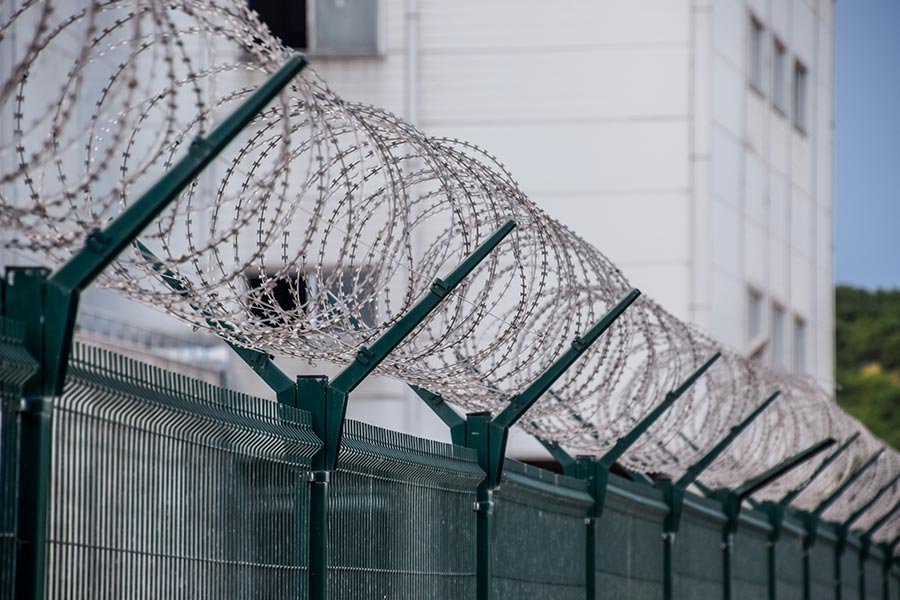
The Minnesota Department of Corrections claims that its mission is “transforming lives for a safer Minnesota.” But the truth is that its actions have gravely threatened both the privacy and safety of female inmates.
By passing a new policy that allows men who identify as women into women’s prisons, Minnesota officials are both denying reality and shirking their responsibility to protect those who are in prison.
First two men allowed into Minnesota women’s prison
Alicia Beckmann is a Minnesota native who worked for the Minnesota Correctional Facility–Shakopee for nearly 10 years. Shakopee is Minnesota’s only facility for female offenders, and Alicia taught high school level classes for female inmates.
In 2023, two male inmates were assigned to Shakopee after one of them filed a lawsuit alleging Minnesota had engaged in “discrimination” for declining to place this male inmate in a female-only prison. Despite the absurdity of the claim, Minnesota officials settled the lawsuit, arranged for the male inmate to receive taxpayer-funded “gender transition” surgeries, and relocated the inmate to Shakopee.
Alicia said that while she and other staff members knew it was wrong for officials to allow men into a women’s prison, many of them felt they could not speak up because they feared being labeled insubordinate. Unfortunately, things soon got worse.
Minnesota Department of Corrections enacts dangerous policy
One year after the lawsuit that allowed the first two men into Shakopee, the Minnesota Department of Corrections enacted a policy entitled “Management and Placement of Incarcerated People Who Are Transgender, Gender Diverse, Intersex, or Nonbinary.” This rash policy created a presumption in favor of males seeking a transfer to female facilities, stipulating that such transfers were to be approved unless specific criteria were met.
Under the new policy, four more male inmates, including convicted murderers, were allowed to relocate to Shakopee. One of those inmates was placed in Alicia’s classroom.
Alicia said she and other staff did not receive training or an explanation about the male inmates coming to Shakopee. While she and her students tried to embrace the male inmate, he soon threatened to attack security and was eventually placed in segregation.
Alicia said many of the women in her classes had experienced emotional or physical abuse from men, so it stands to reason that they were extremely uncomfortable with the idea of sharing a prison with men convicted of violent crimes. But when Alicia tried to raise these concerns to prison administrators, she said she was made to feel that she would be punished if she did not teach the male inmate.
“It’s not that I wanted to refuse education,” Alicia told IW Features, a project of Independent Women’s Forum. “Education is important, and if [the male inmate] was in a male facility or was even in the community where co-ed is normal, I would have zero issues. But we are not a co-ed facility. We are not designed to be a co-ed facility. And there’s a reason for it.”
Eventually, Alicia had to resign from her position because she could not in good conscience stay silent about the danger of men in women’s prisons.
“Why do we say we are going to rehabilitate inmates, but then ‘Hey, we’re going to put a male sex offender who committed violent sexual crimes against females down the hall from you?’” she said.
If Minnesota truly wants to help female inmates, the state cannot threaten their privacy and safety by allowing men into their intimate spaces.
Women deserve protection
The Minnesota Department of Corrections policy is far from the only example of government officials threatening the safety and privacy of women. In Anchorage, Alaska, Downtown Hope Center provides a safe place for homeless women, many of whom have been abused. But city officials twice tried to misapply a city ordinance and force the Hope Center to allow men who identify as women to stay at the women’s shelter.
Like the female inmates in Minnesota, these women were understandably uncomfortable with the idea of men entering their private spaces. If Anchorage officials had their way, men could have been allowed to sleep or change clothes in the same room as vulnerable women—many of whom have been victims of domestic violence, sexual assault, and even sex trafficking.
Alliance Defending Freedom filed two separate lawsuits against the city, and a federal district court ultimately barred Anchorage officials from misusing the city ordinance to force Downtown Hope Center to admit males.
In addition, ADF attorneys are actively litigating several cases challenging the Biden administration’s radical attempted rewrite of Title IX that threatens privacy and safety for women and girls in schools across the nation.
Women deserve to be safe in their own private spaces, and that means men should not be allowed there. When government officials ignore the reality of what it means to be male or female, it is women and girls who bear the consequences.






